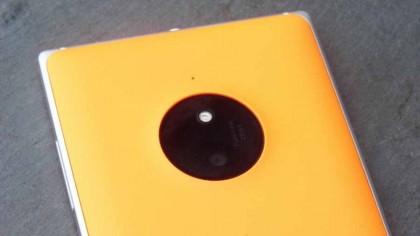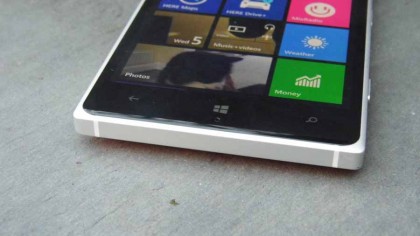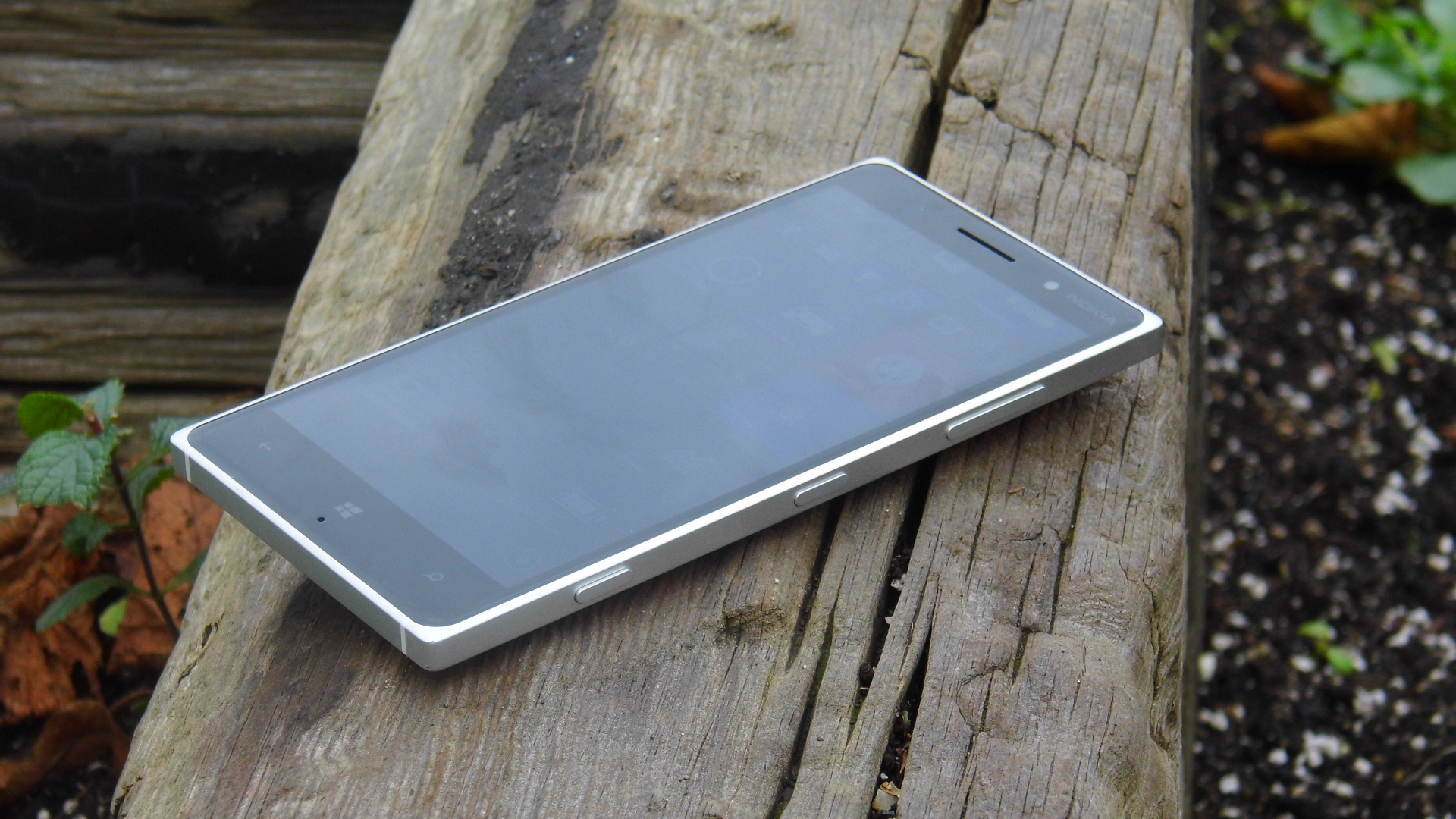Why you can trust TechRadar
Just as with the Galaxy S5 Mini and the HTC One Mini 2, it is clear that one of the major selling points of the Lumia 830 is its cut-down flagship look. Unfortunately, the design of the Lumia 930 hasn't translated well to downsizing.
The squared corners don't fit in alongside the more rounded black glass face, and the plastic back plate can be described as gaudy at best. This is a real shame because, believe it or not, I am quite a fan of the Lumia 930's design, apart from that brightly coloured back of course.
Microsoft has kept in other features that made the Lumia 930 such a good handset, including wireless charging. But because the Lumia 830 doesn't come with the charging pad, you'll need to buy it as an extra - an added expense that defeats the point of choosing a midrange phone. So, nice as the inclusion of wireless charging is, few 830 owners are likely to enjoy its benefits.

PureView camera technology is included to make the most of the 10MP sensor, found in a rather obvious black circle on the back of the Lumia 830. Although the Nokia brand is no more, it still stands behind the Lumia range, and its great history in the camera phone market gives the 830 something to live up to. The Nokia 7650 arguably started the camera phone revolution, while the more modern Nokia N8 (winner of our best camera phone on the market title in 2010), Nokia 808 PureView and the Lumia 1020 show that quality was strong to the end.
And the Lumia 830 lives up to the PureView name. Shots come out clear and bright, although the front facing camera does leave a little to be desired with its sub-1MP sensor. In all, the Lumia 830 camera certainly gives reason to take a second look.
There's one more feature that makes the 830 stand out, and that's Windows Phone 8.1 OS. Windows has come in leaps and bounds since its first real outing in the form of Windows Phone 7, it now features a notifications bar (nicknamed Action Centre on Windows) and allows the input of background images to your Live Tiles, as well as resizing to levels not seen before.

Live Tiles form the crux of the whole OS, and anybody that is familiar with earlier iterations of Windows Phone, or Windows 8 onwards on tablets and PCs, will feel right at home. They work in a similar way to Android's widgets, offering up information without the need to load up the individual app, but in a much more uniform way.
Windows Phone now also offers a Google Now and Siri rivalling assistant called Cortana, something that was sorely missed on Microsoft's mobile OS until now.
Overall though, the lack of apps lets Windows down, and the implementation of things such as the dialler app and settings menu (to be covered later) still leave Windows Phone as the third player in the mobile world, and likely to remain there for some time.
